Video instructions on how to properly apply carboxytherapy
And now, step by step to perfect skin
Inform customers about your brand. You can also describe a product, announce important information, or welcome customers to your store.
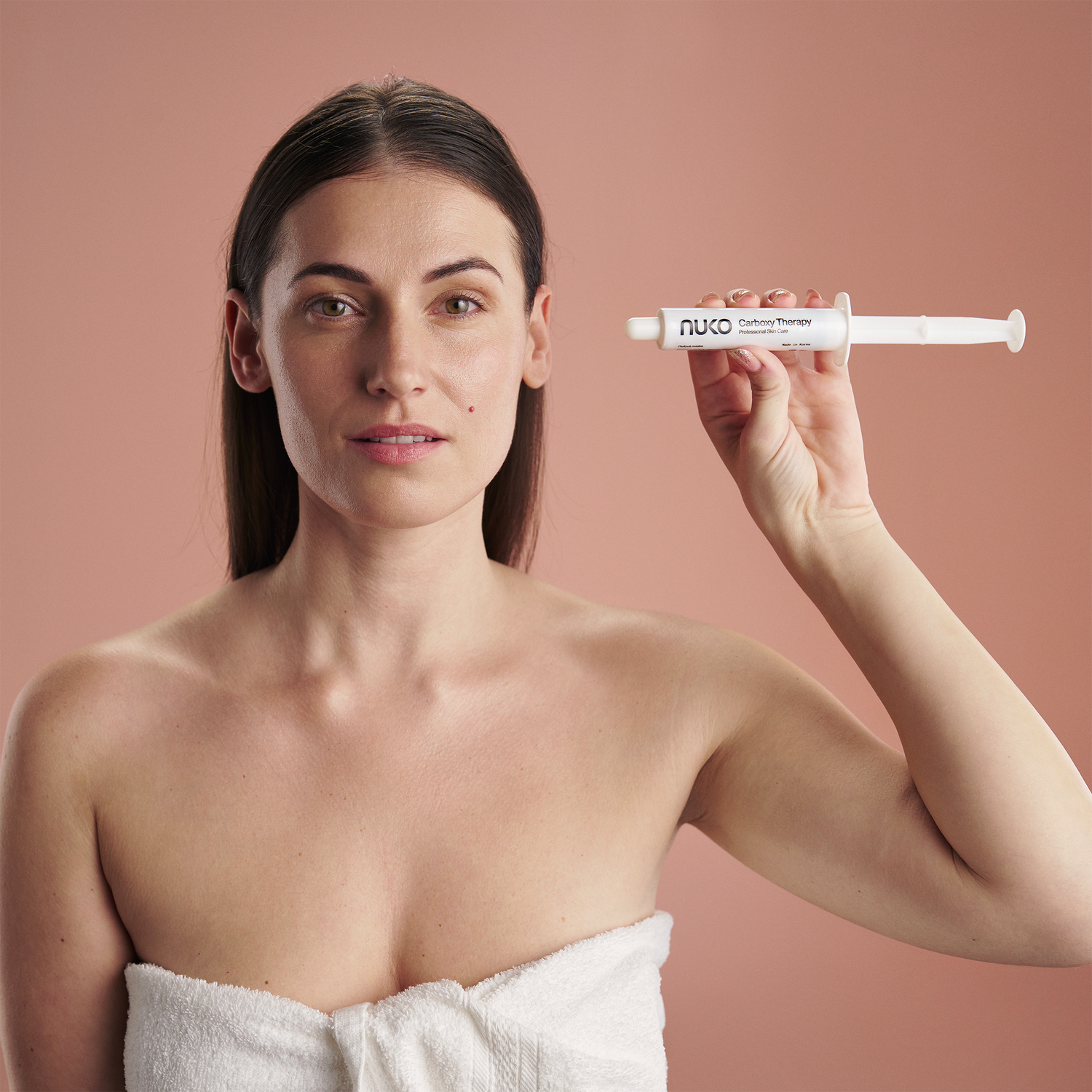
Step 1
Line
The syringe-shaped applicator allows you to use the entire amount of gel without residue.
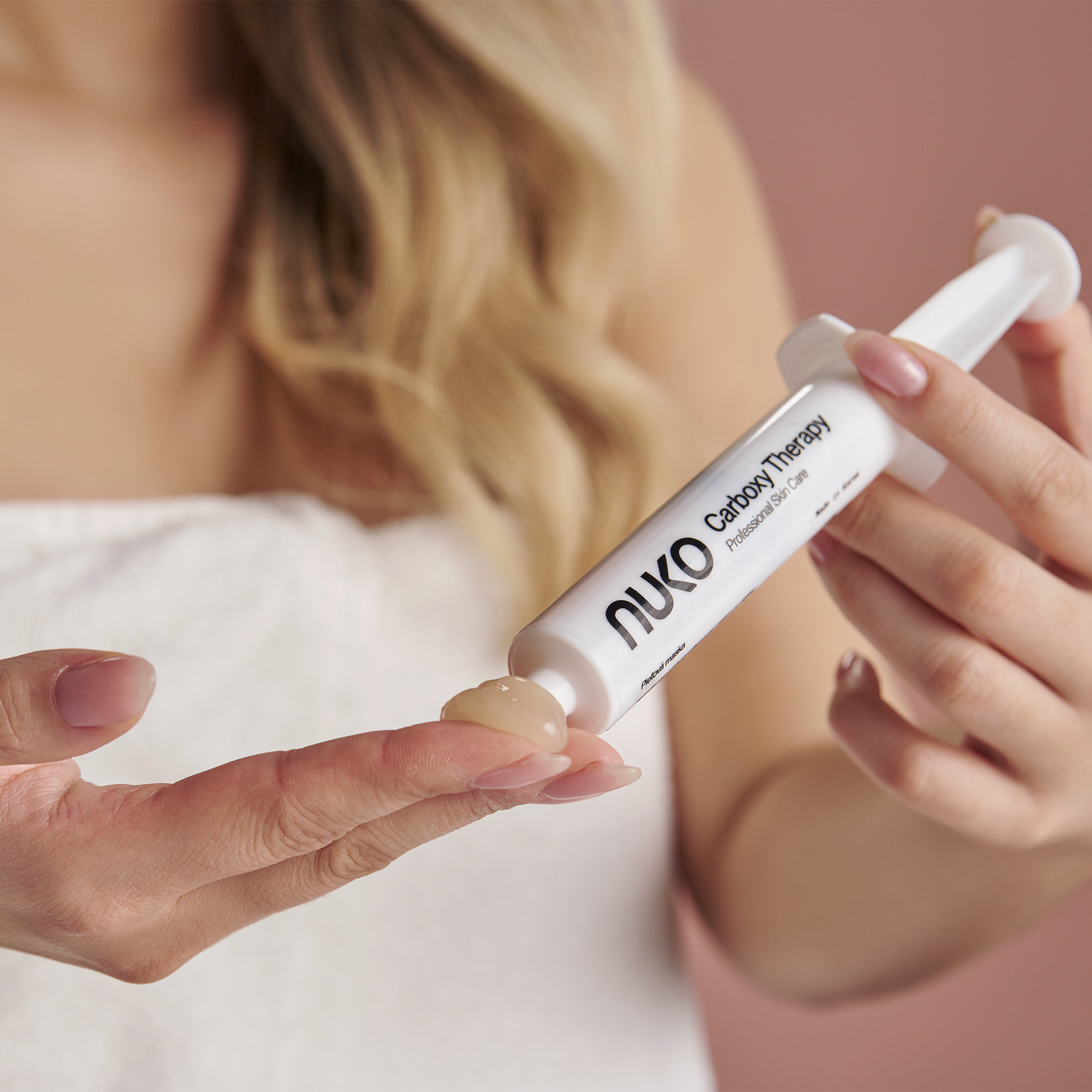
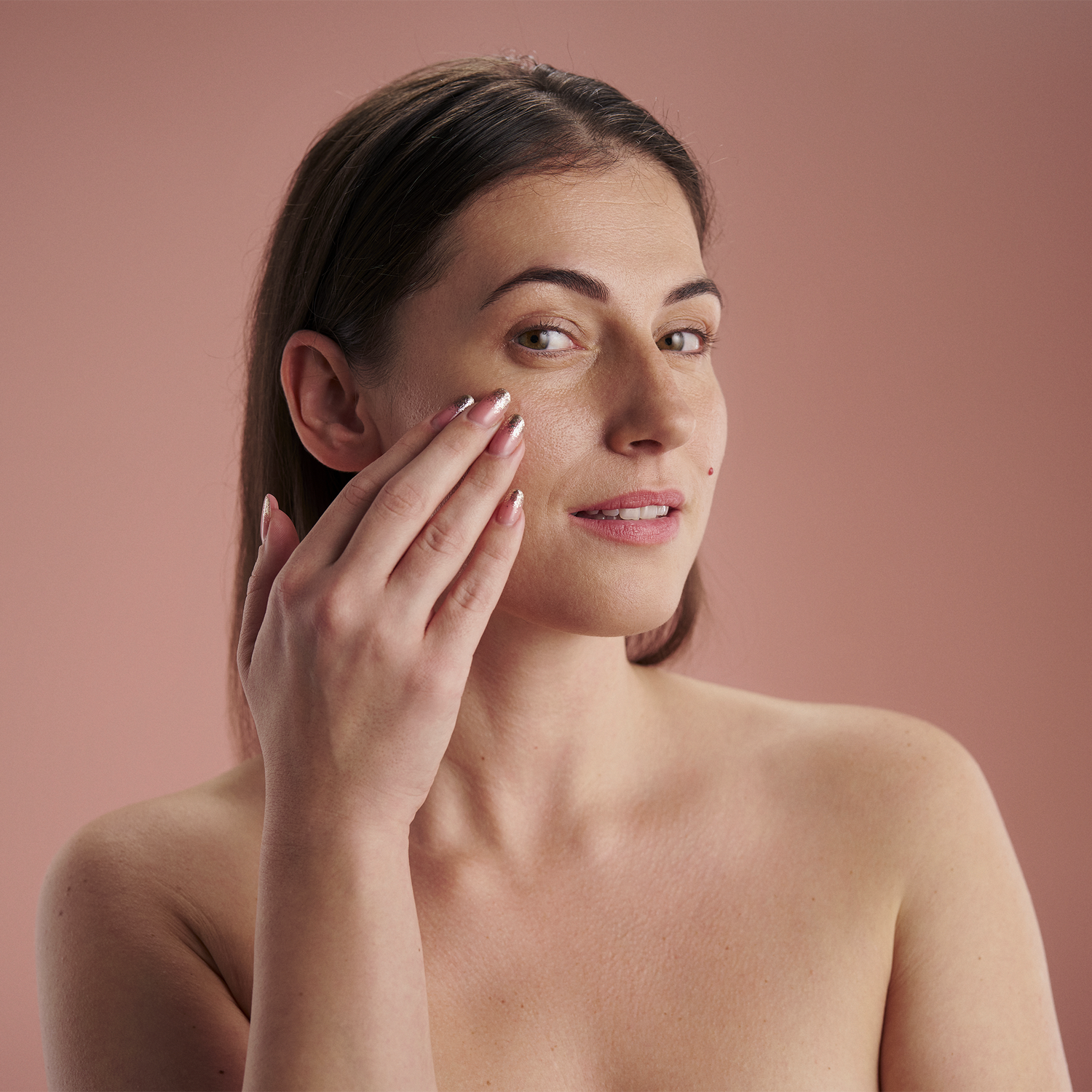
Step 3
Line
Use them to spread the gel all over your face, then apply the remaining gel to your neck.
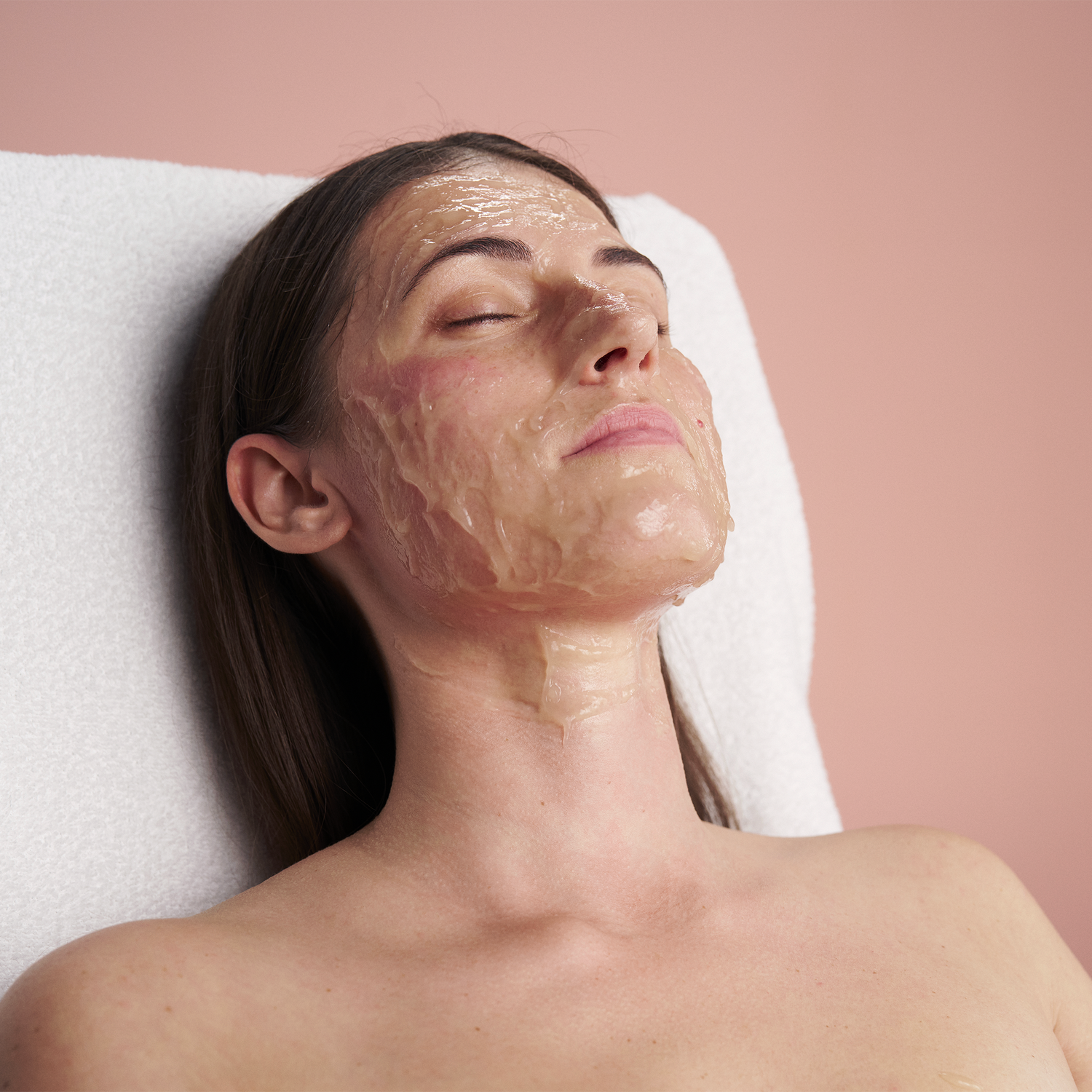
Step 4
Line
The layer must be really thick, otherwise the carboxytherapy effect will not be achieved.
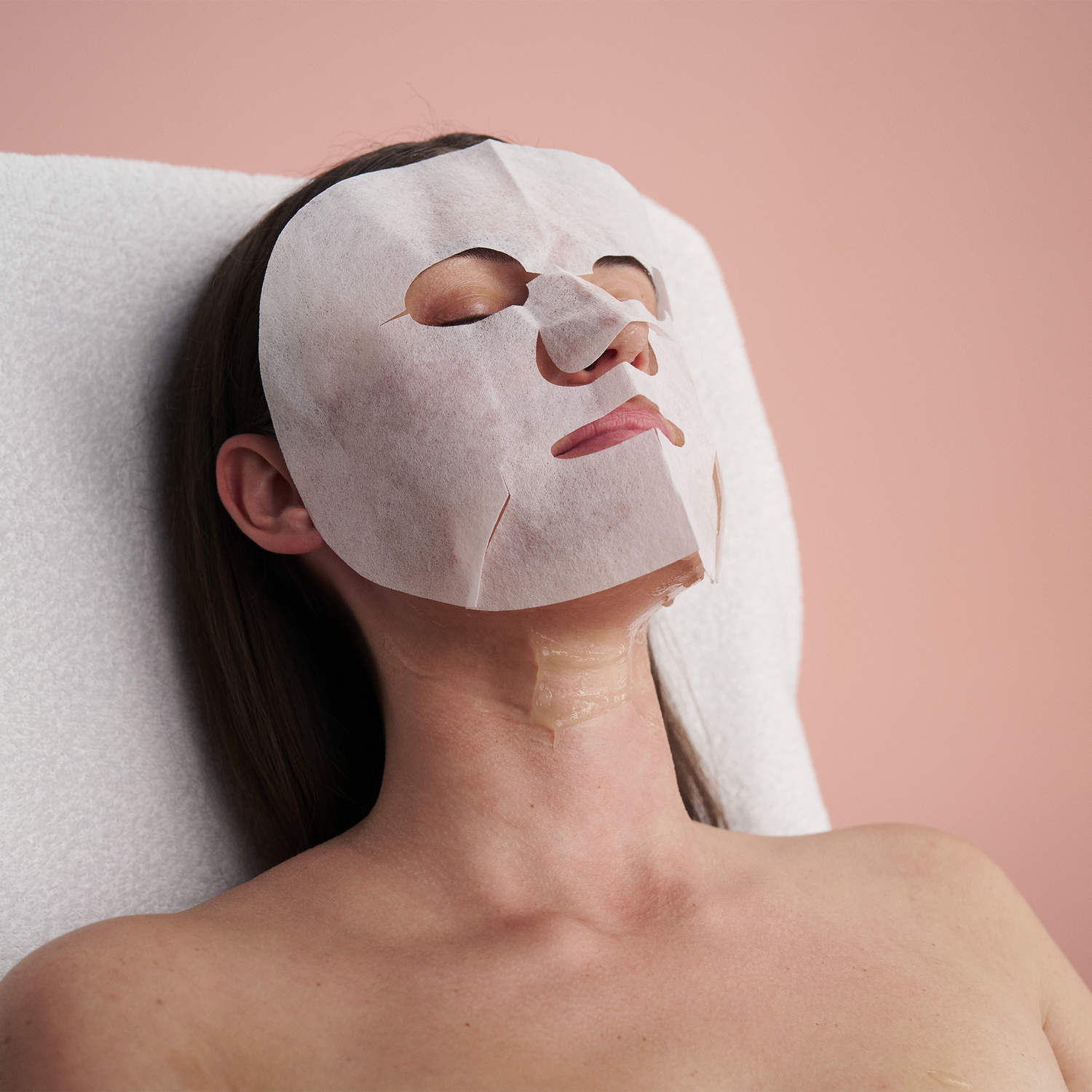
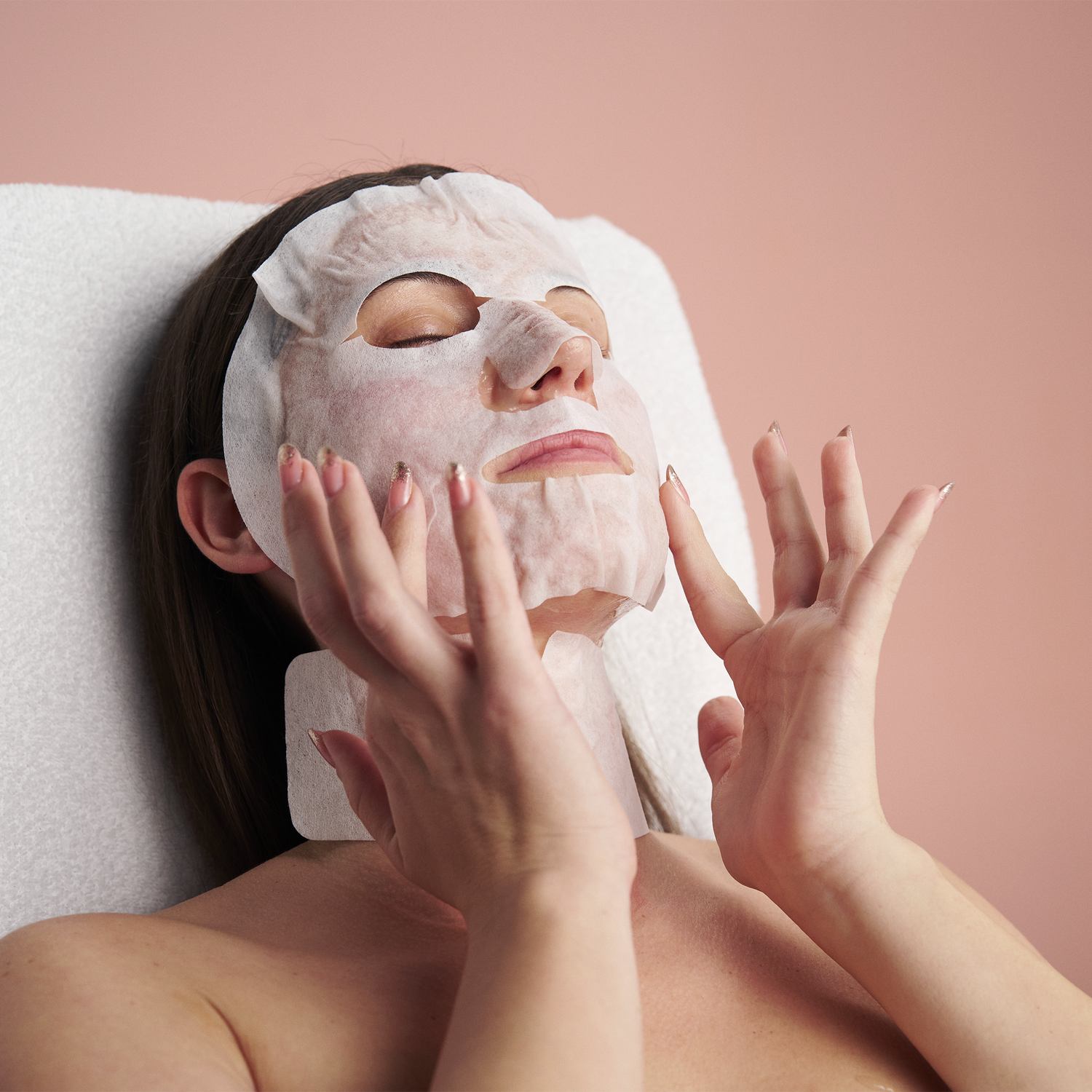
Step 6
Line
Rub the mask onto your face as quickly as possible. This will increase the needling effect, which is key to the final result.
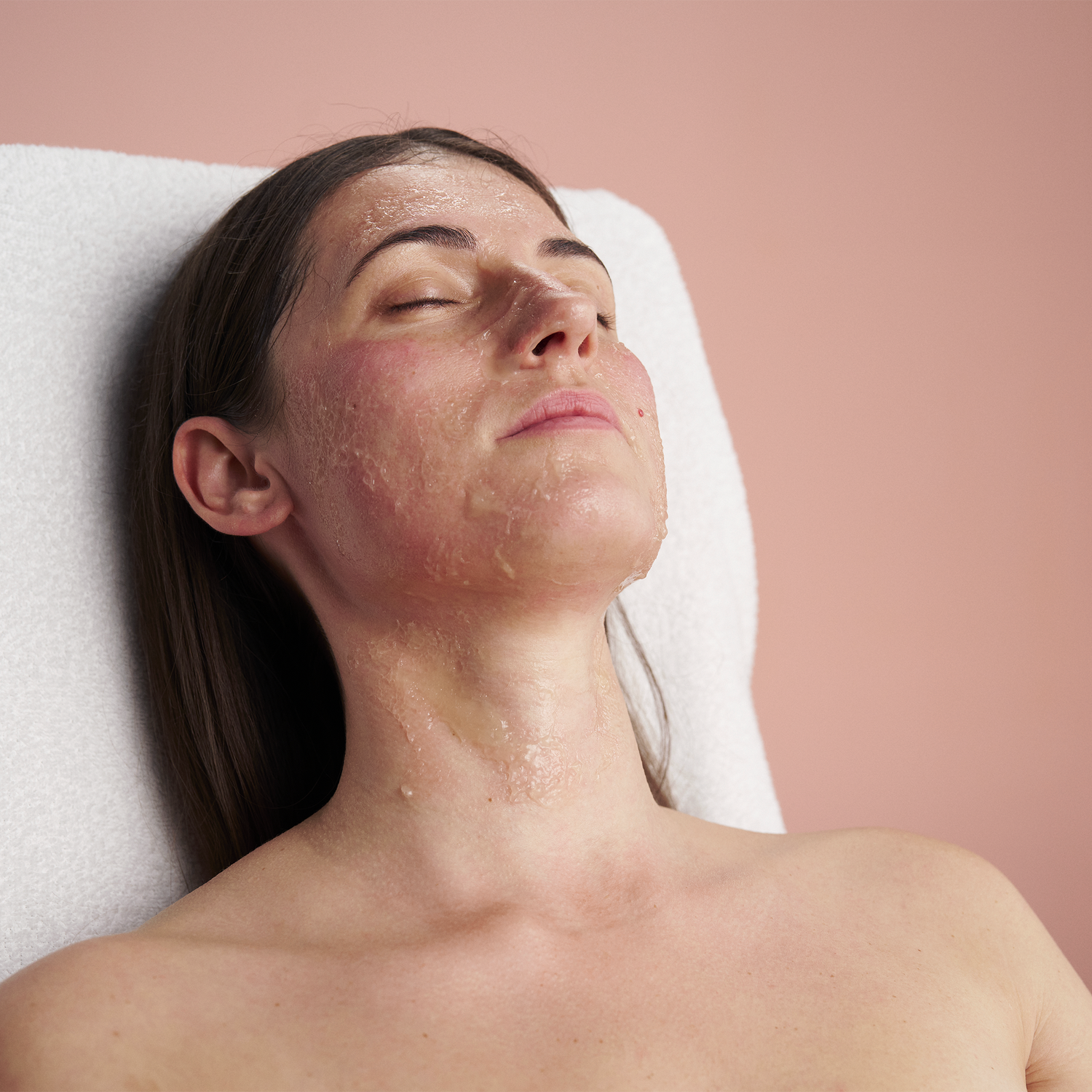
Step 7
Line
Carefully remove the mask after 30 minutes.
Wipe off the remaining gel and then wash your face with water.
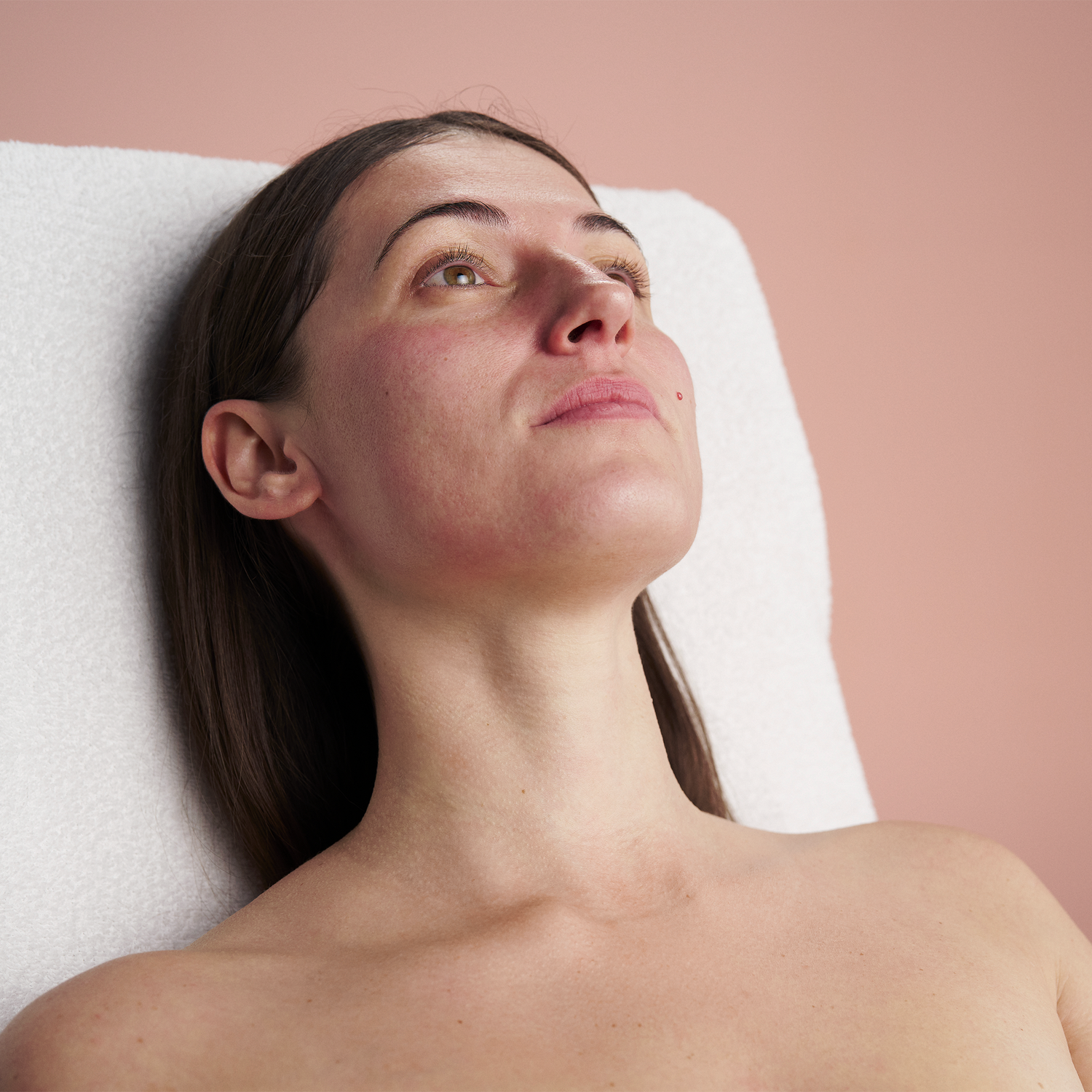
Important!
While you may be tempted to save some of the gel for next time, don't do it. It's pointless because the mask can't be used twice - it won't have the desired effect because the CO₂, i.e. carboxytherapy, won't be released again.
The large amount of gel in the syringe applicator is intentional because without a thick layer on the face, the face mask will not release the necessary amount of CO₂ and the carboxytherapy effect will not occur, and with it the desired results.
Apply the remaining amount of gel from the applicator to your neck, then place the second part of the mask – the strip.
Tip: A photo will tell you the most about your change!
Because the brain remembers less than photographs, we recommend that you take photos before and after carboxytherapy. To make the comparison as accurate as possible, remember to:
• Have the same facial expression before and after (for example, a smile can accentuate wrinkles).
• Take photos under the same lighting conditions.
• Keep the same angle of view and take photos in the same place.
You will be pleasantly surprised by comparing the results!
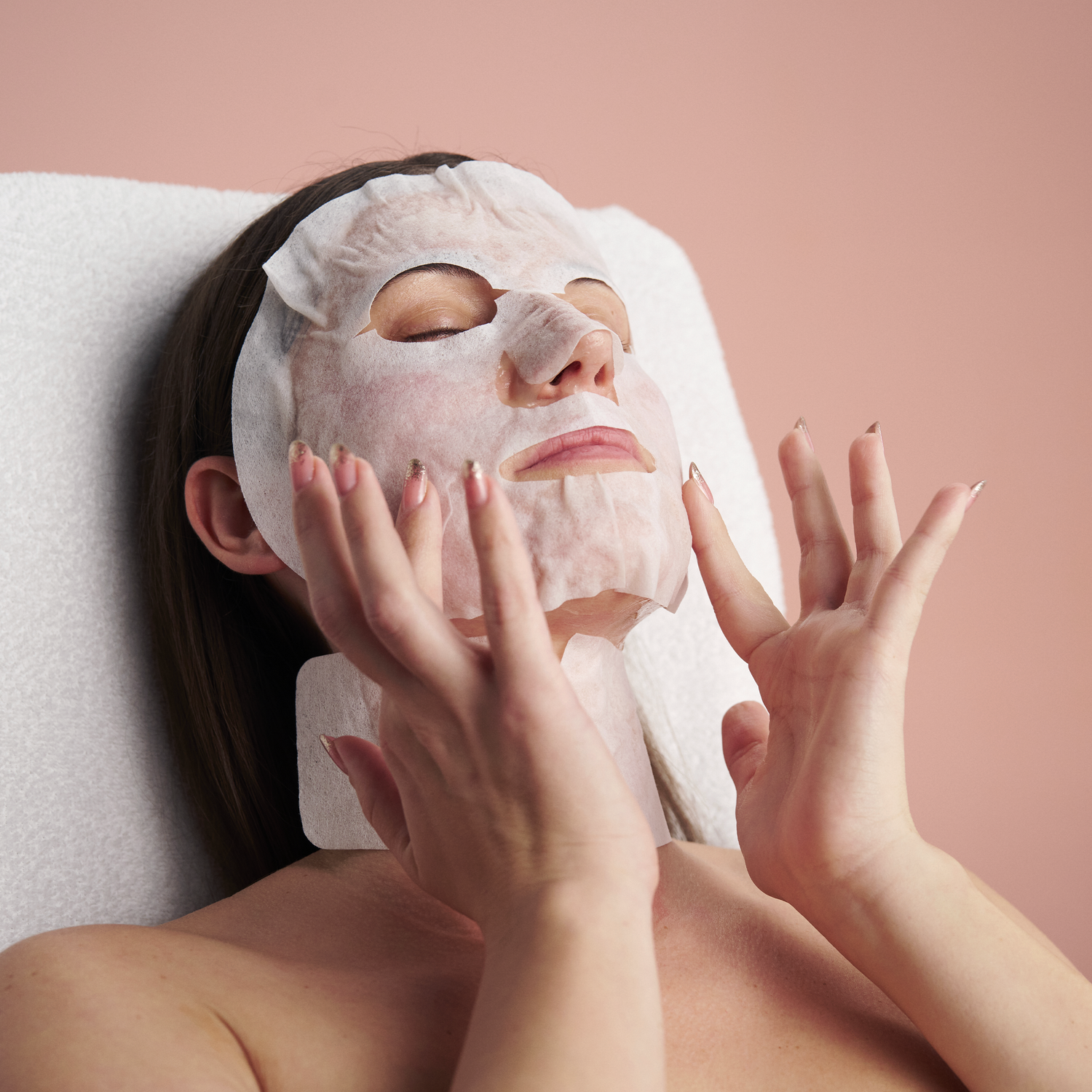
What will you feel?
After applying the dry mask to a thick layer of gel on your face, you will hear the release of CO2 in the first seconds, manifested by a pleasant and gentle popping of bubbles.
This will immediately be accompanied by a very intense feeling of pins and needles, or even a really strong burning sensation.
Do not take off the mask , endure this unpleasant feeling, which is a manifestation of carboxytherapy and proof that the mask is working as it should.
Over the next 10 minutes, this feeling will slowly begin to subside and turn into warmth or heat, which will soon cease.
If you feel that the mask is not adhering well enough, you can gently press it back in place. This will restart the carboxytherapy process.
You may also feel a tingling sensation when wiping off the remaining gel after application.
Then wash off the last remnants of the gel with water.
After completing carboxytherapy, apply your favorite nourishing cream to your skin.
Nuko Cosmetics
NUKO® Carboxy Therapy
PROMOTION: FREE POSTAGE
5 pcs of South Korean carboxytherapy. Deeply hydrating treatment brightens the skin, firms it, and smooths pores and wrinkles.
Cash on delivery to Slovakia will be paid by the carrier in € according to the current exchange rate.
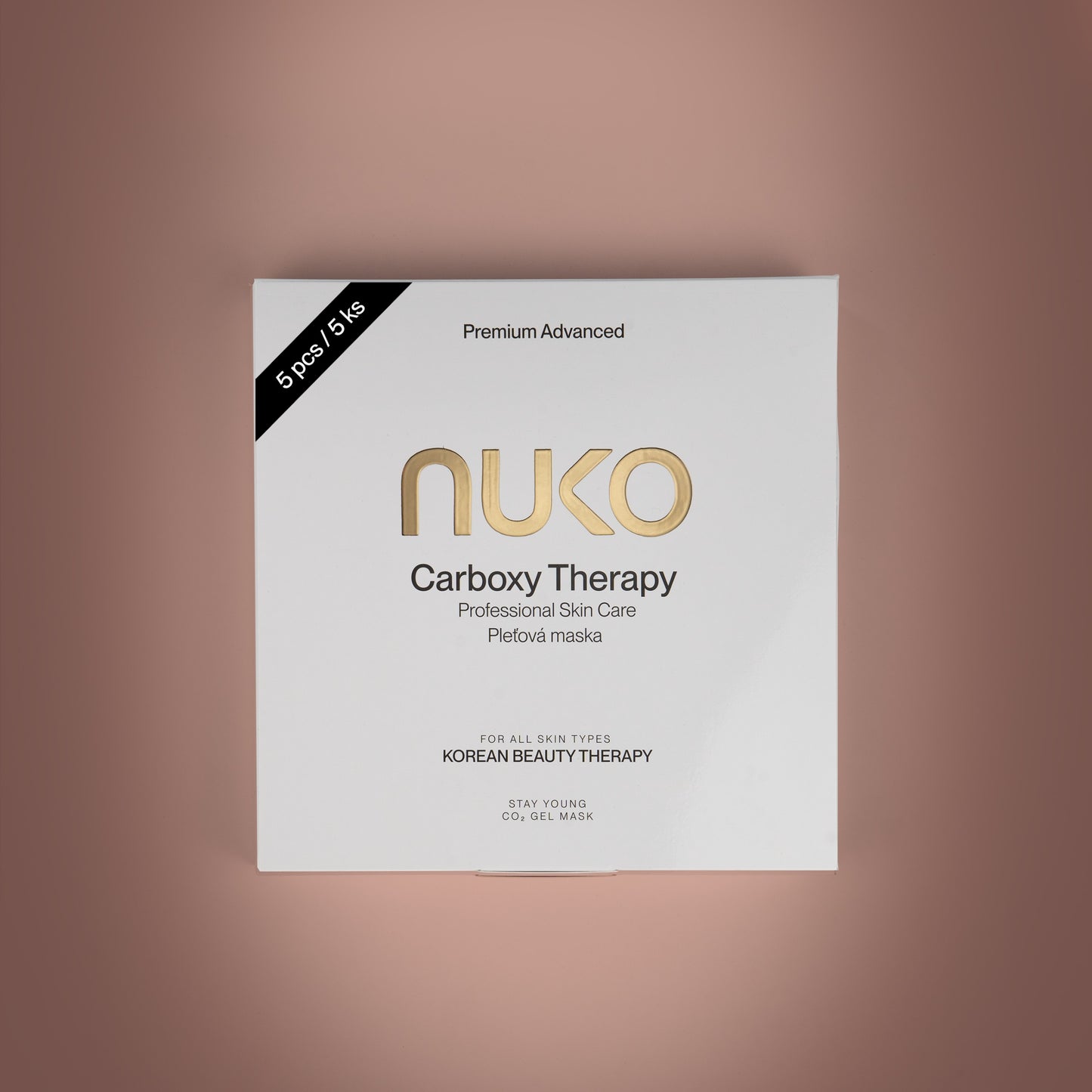
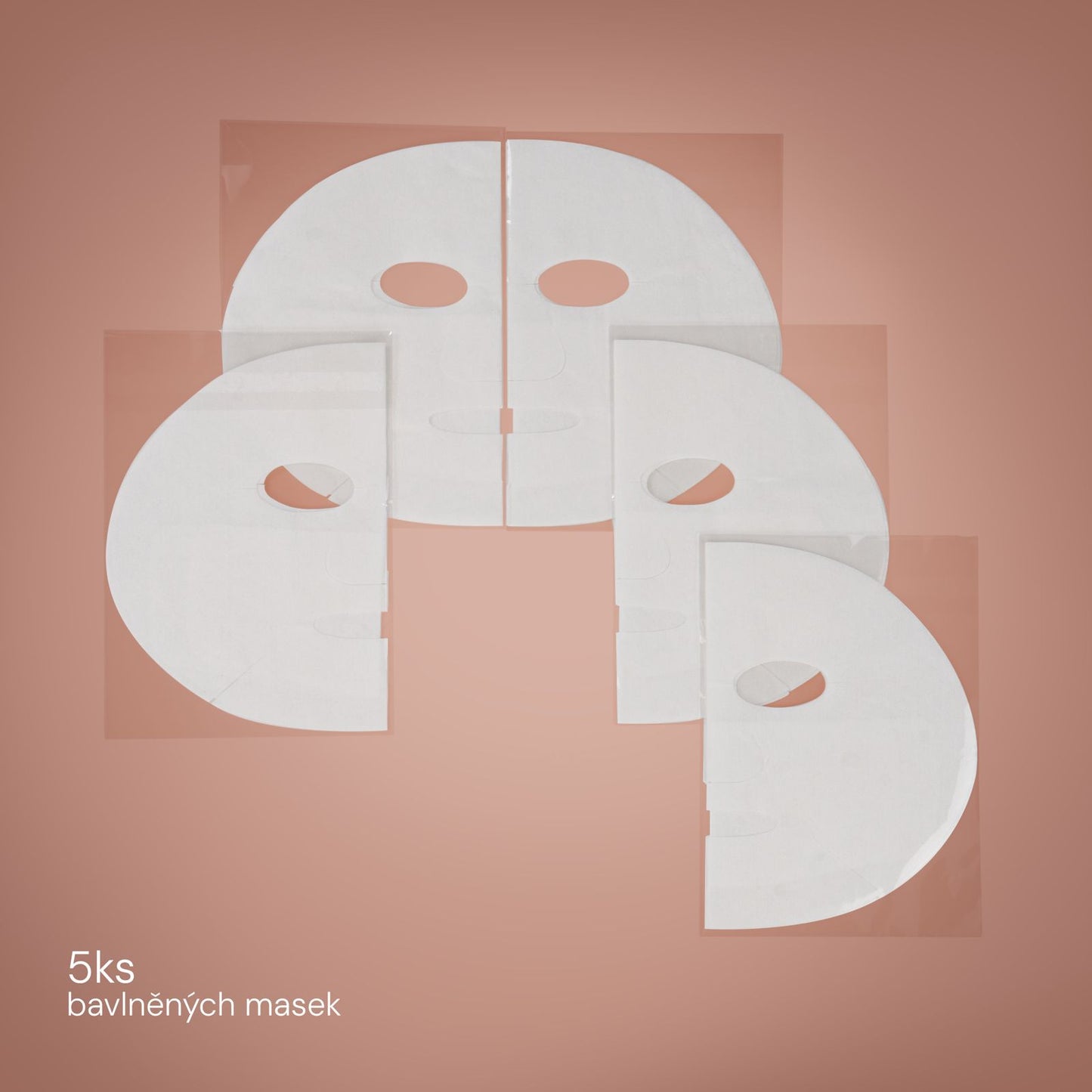
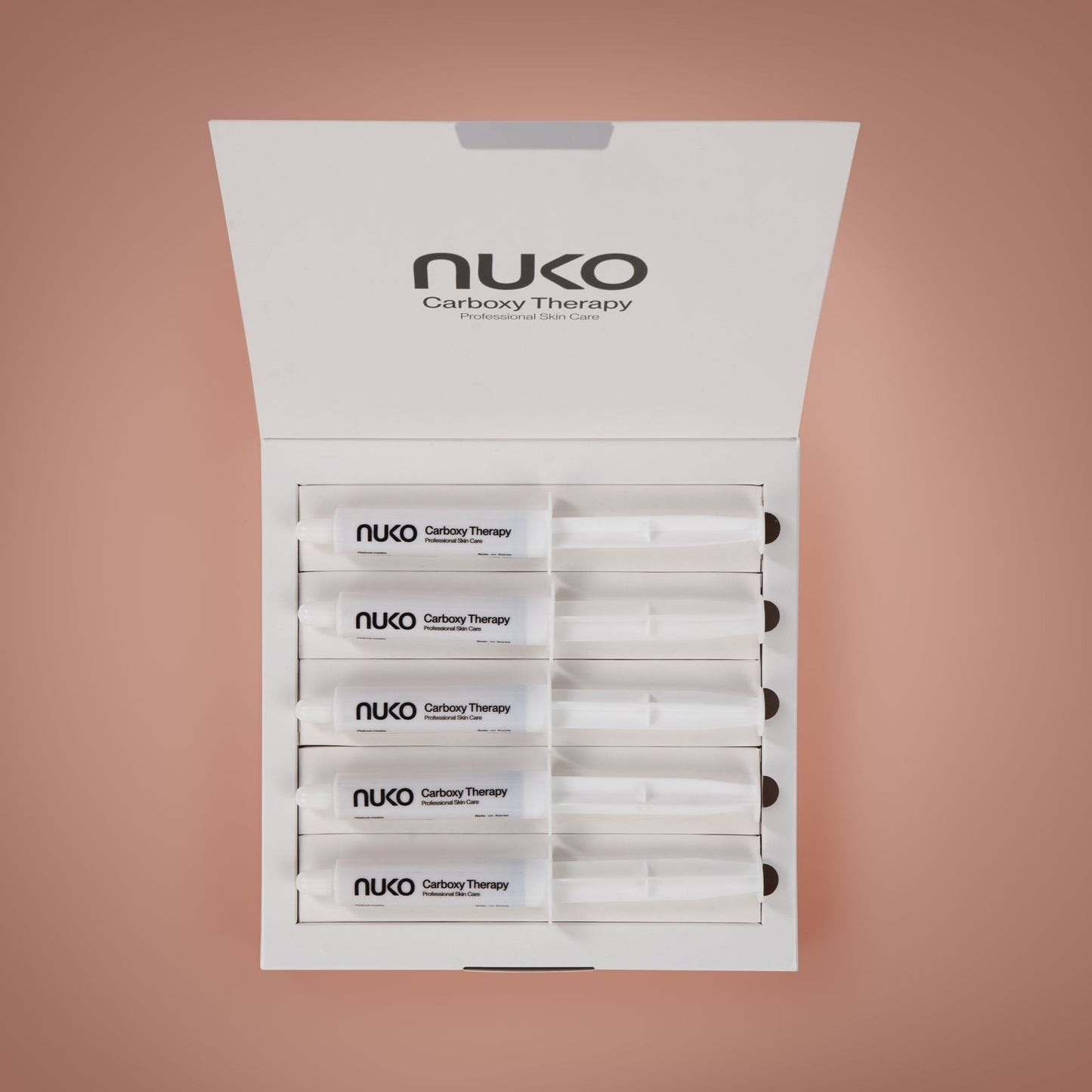
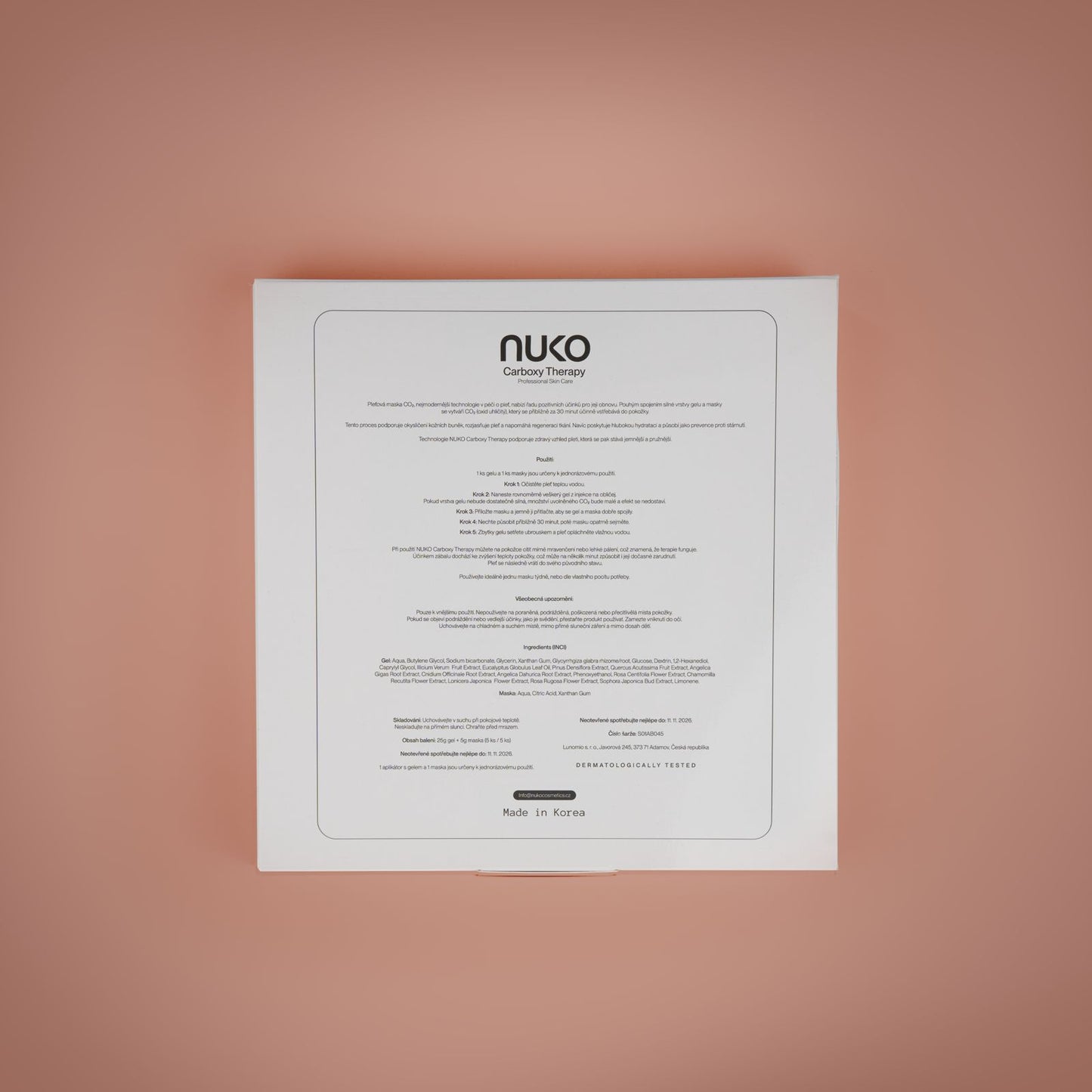
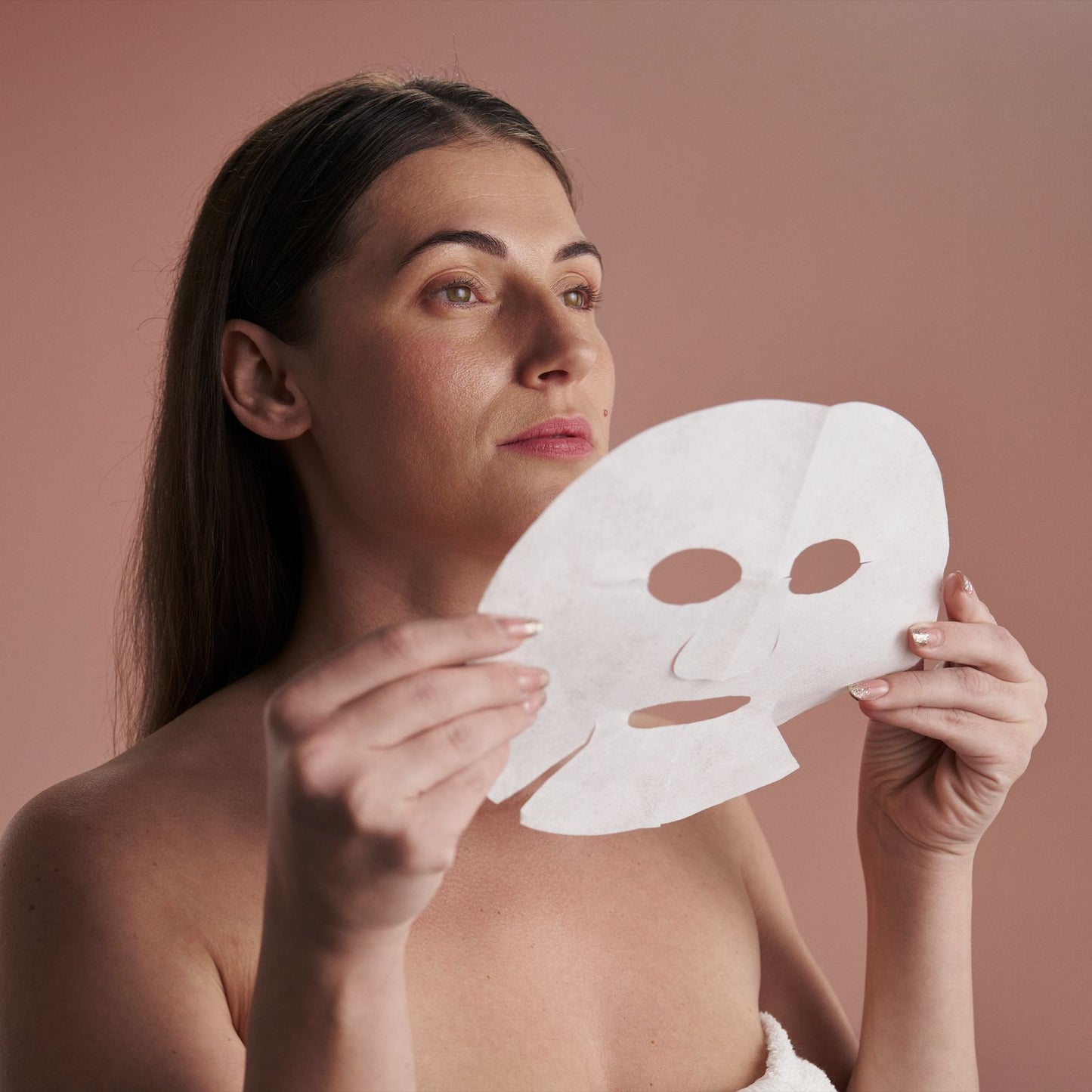
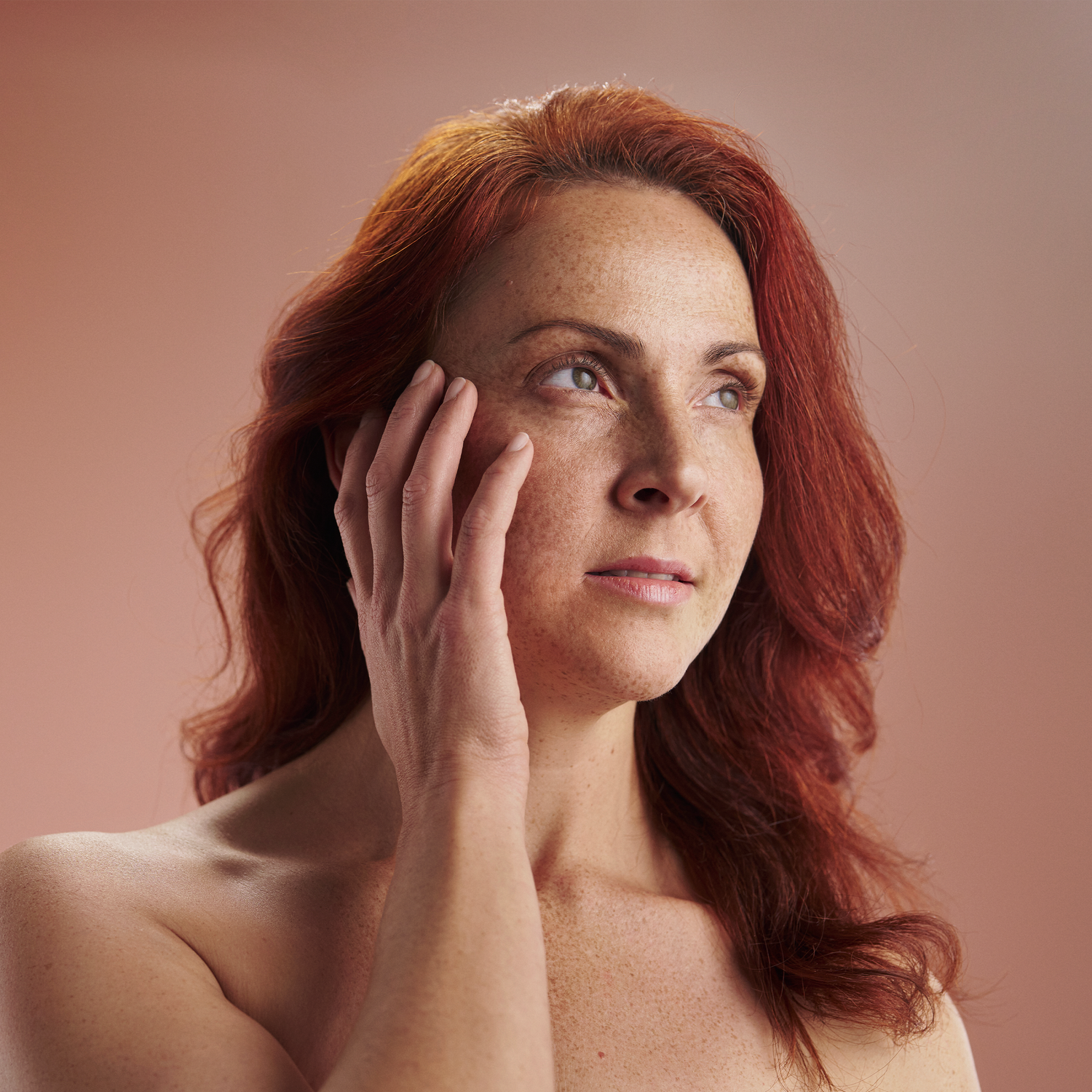
How to care for your skin after carboxytherapy?
What is definitely true?
Moisturizing cream: After application, the skin will best appreciate a gentle cream without active ingredients that will soothe and nourish it.
SPF protection: For long-lasting beautiful skin, don't forget a cream with a UV filter, especially if you use active ingredients such as vitamin C or retinol.
Can I use a serum with retinol, vitamin C or bakuchiol?
After carboxytherapy, we recommend calming the skin first. Active ingredients like retinol or vitamin C can be too intense for freshly treated skin, so it is better to wait 24 hours before using them.
What about the combination with Botox?
Carboxytherapy is a great addition, but if you have had Botox, let your skin rest for 1-2 weeks so that everything "sets" as it should.
Other procedures:
If you are planning other aesthetic procedures, we recommend leaving a gap between them. A specialist will advise you on the ideal schedule.
Consultation with an expert:
Not sure? For maximum effect and safety, consult a dermatologist who will recommend the best procedure for your skin.

